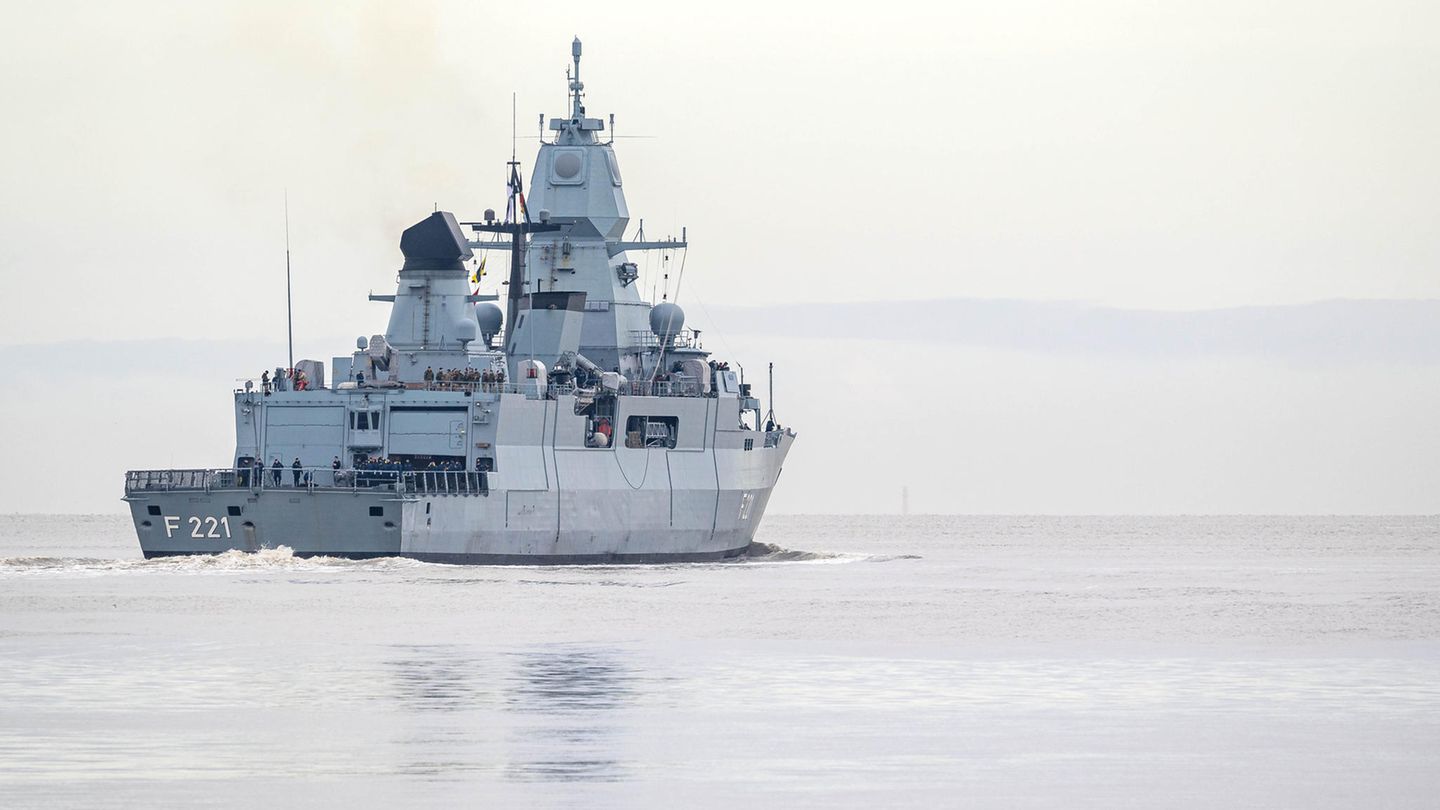Russia’s war against Ukraine, inflation and economic slowdown: the economy has been hit hard at the moment. The ports, as the most important hubs for freight traffic, cannot escape this.
At the beginning of 2023, fewer goods were handled in the Port of Hamburg. The marketing organization of Germany’s largest seaport announced on Wednesday that a total of 28.1 million tons of sea freight went over the quayside in the first quarter. That is 10.2 percent less than a year earlier.
Container handling fell by 16.9 percent to 1.9 million 20-foot standard containers (TEU). Port of Hamburg Marketing (HHM) cited a whole bundle of factors as the reasons: “Ongoing geopolitical tensions, EU economic sanctions against Russia, high inflation, global reluctance to buy and high inventories are dampening goods handling in European ports.”
The start of the year follows on seamlessly from the previous year, in which the port recorded an increasingly large minus, especially in the second half of the year: A total of 119.9 million tons of sea goods were on the balance sheet in 2022, 6.8 percent less than in 2021. Container throughput fell by 5.1 percent to 8.3 million TEU.
Trend towards larger container ships
In the further course of the year, a recovery in the turnover figures can be expected, said HHM board member Axel Mattern according to the announcement. He pointed out that Hamburg is not the only one suffering from the current situation: “The difficult economic situation is reflected in the current handling figures for all ports in the North Range,” he said according to the announcement. “Hamburg is in the middle of the competition here.” In the port industry, North Range refers to the continental European North Sea ports, above all the larger Hamburg competitors, Rotterdam and Antwerp.
A year-on-year comparison also reflects the fact that a year ago Russia was the Port of Hamburg’s fourth-largest trading partner. “After the war of aggression against Ukraine, sanctions came into force that are noticeable in this comparison – the cargo volumes to and from Russia are now missing in the overall analysis,” says Mattern. “In addition, there was the temporarily unstable economic situation in China due to the pandemic, which has continued into the current year. Both of these have had an impact on the Port of Hamburg.”
Beyond the overall figures, the port sees at least two positive accents. On the one hand, container traffic with the second most important trading partner, the USA, increased by 9.5 percent to 152,000 TEU. Bulk cargo handling in Hamburg is also showing a positive trend, increasing by 5.4 percent to 9.3 million tons. Agricultural products, above all mineral oil products, contributed to this. “In this way, the port contributes to the security of energy supply by being able to import and transport energy sources that are needed at short notice thanks to the available handling capacities.”
With 67 calls in the first quarter, almost a fifth more than a year ago, the trend towards larger container ships of the so-called Megamax class with capacities of over 18,000 TEU is continuing. “Many new orders from the shipping companies are now gaining momentum,” said Mattern. “This long-lasting trend shows the urgent need to create the necessary water depths in order to be able to lift the temporary restriction of the depths on the tidal Elbe.” Because of the immense amounts of silt, at the end of November the Directorate-General for Waterways and Shipping had to reduce the navigable depth of the Lower Elbe between Hamburg and the North Sea by one meter for a year, which had actually been improved since January 2022.
Source: Stern




